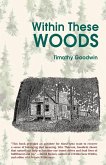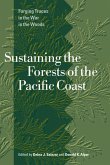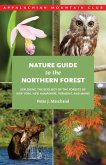a t "What cannot be underestimated is Henry David Thoreau's role in the conservation of the Maine woods and in conservation thought in general. Both went far beyond his life and the confines of his native Concord. Writing in the mid-1800s, he was one of the first to describe the wild nature of these woods in terms of their emotional and ethical relationships within a conservation context. It is not entirely by chance that a considerable amount of land surrounding the roughly 200 miles that his three trips covered through the wildest part of the Maine woods has ended up with some kind of conservation protection. Thoreau brought attention to these woods through his book, The Maine Woods, published in 1864, and that attention found its way into the minds of many of those who spearheaded efforts to save some measure of their wildness. Dean Bennett began in the early 1960s to follow Thoreau's journeys into the wilderness of the Maine woods. Since then he has discovered more than fifty significant places, natural features, and elements of wilderness along Thoreau's routes, which, in most cases, Thoreau noted. These Bennett recorded with photographs, drawings, paintings, and digital art." t be underestimated is Henry David Thoreau's role in the conservation of the Maine woods and in conservation thought in general. Both went far beyond his life and the confines of his native Concord. Writing in the mid-1800s, he was one of the first to describe the wild nature of these woods in terms of their emotional and ethical relationships within a conservation context. It is not entirely by chance that a considerable amount of land surrounding the roughly 200 miles that his three trips covered through the wildest part of the Maine woods has ended up with some kind of conservation protection. Thoreau brought attention to these woods through his book, The Maine Woods, published in 1864, and that attention found its way into the minds of many of who spearheaded efforts to save some measure of their wildness.








